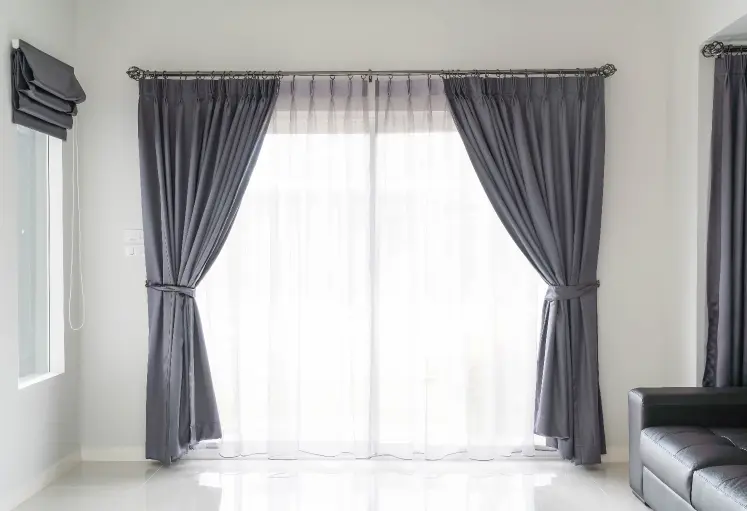
Depending on your needs, curtains can be manufactured from several kinds of fabrics. Even though there are many different types of window treatments available today, curtains and drapes are still popular choices among homeowners. The fabric used in the curtain determines the cleaning method to be used. The type of fabric used also determines how frequently the curtains should be washed and maintained. While dust and grime adhere to some materials, others are smoother and less likely to become soiled. It is always a good idea to check the label for the proper washing procedure before cleaning your curtains.
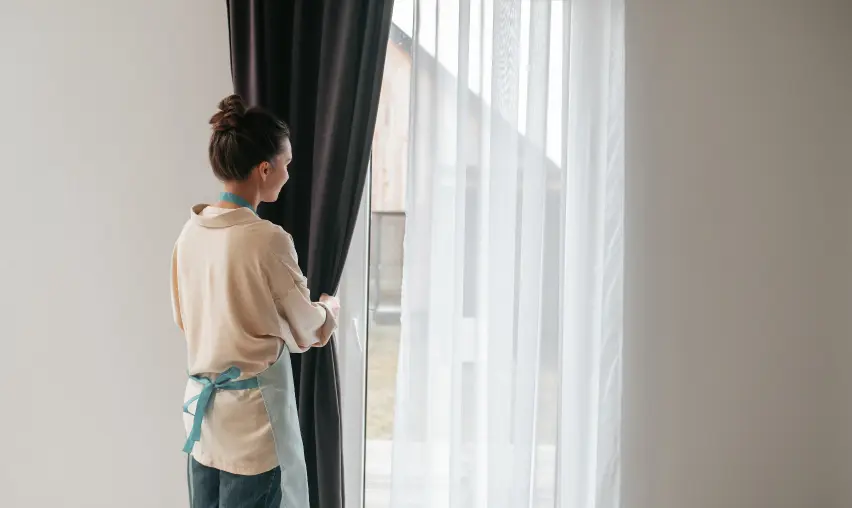
If you have pure cotton curtains, keep in mind that this natural fabric shrinks unless it is processed and preshrunk. If the fabrics are not preshrunk, use cold water. Warm water can be used for lighter colours and cold water for colours that are susceptible to fade in other settings. It is better not to take any risks in cleaning the curtains that are susceptible to fade, for that kind of curtains you should hire a most trusted cleaning service in your area.
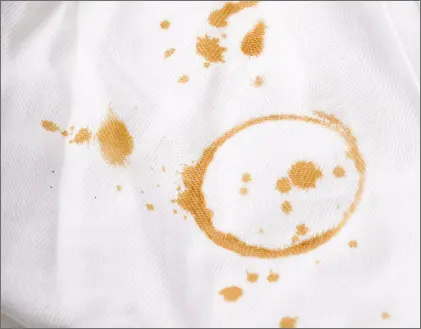
Cotton fabrics are more likely to stain than other fabrics, therefore check for stains before washing cotton drapes. Most stains can be safely removed with a natural stain remover like baking soda.
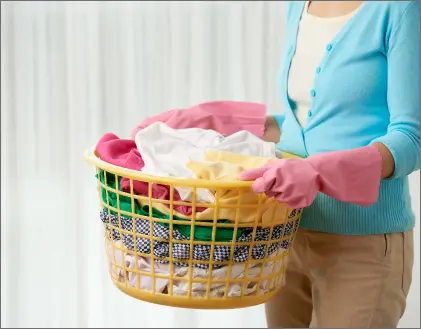
Use only cold water and a moderate setting in your washer. Don’t overload the washing because your curtains need plenty of space. Use ordinary laundry detergent but avoid fabric softener or bleach.

Place your curtains in the dryer on the lowest heat setting possible. Keep an eye on how quickly your curtains dry since you want to remove them while they’re still moist.
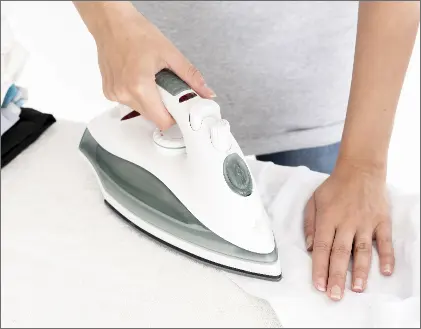
Select the cotton setting and iron out creases from the backside of the curtains with a pressing cloth (such as a tea cloth or t-shirt). Hang the curtains as soon as possible and let them air dry.
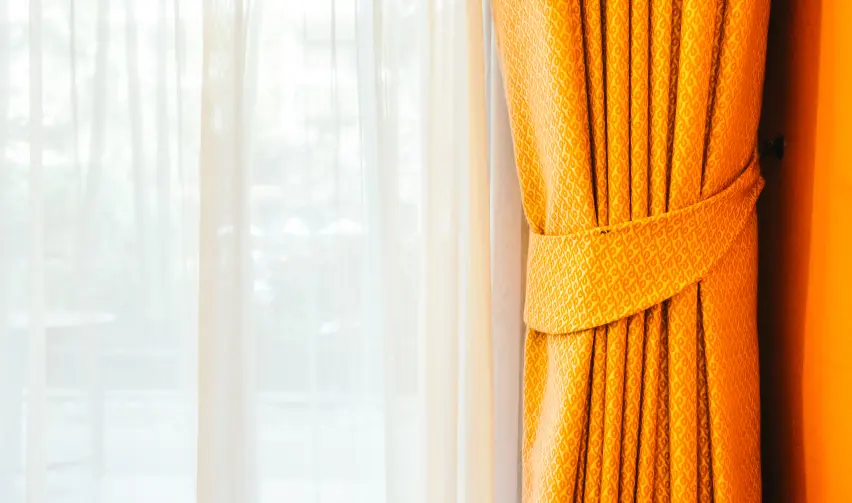
Made from materials like linoleum, vinyl, cork, and rubber, resilient tiles are a great option if you want a surface that’s easy on the feet and needs minimal maintenance.
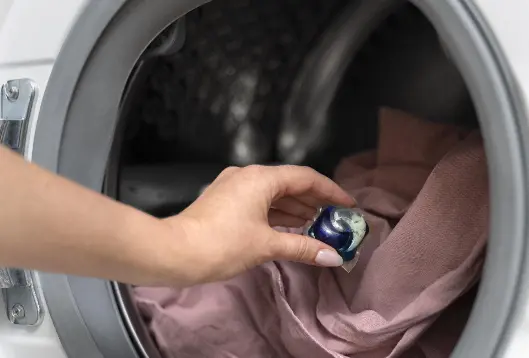
Add a few drops of dish soap to the warm water in the sink. Massage the suds into the silk curtain while washing it. This approach will remove most stains, but you can boost the effectiveness by adding baking soda.

Using warm water, rinse the silk curtain until it is clear. Place the curtain as flat as possible on a bath towel. Roll up the curtain in a towel and squeeze away any extra water. Silk draperies should not be tumble-dried.
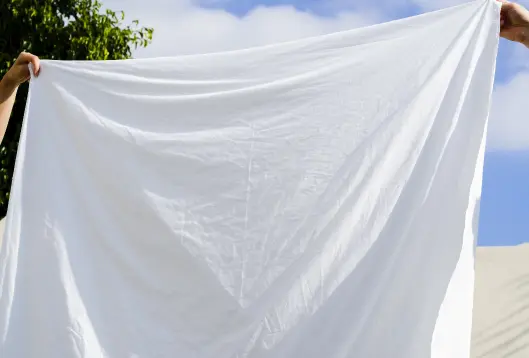
To avoid wrinkles, immediately hang your silk curtains and let them air dry. Avoid heat sources such as vents or direct sunlight to allow the silk to dry gently.
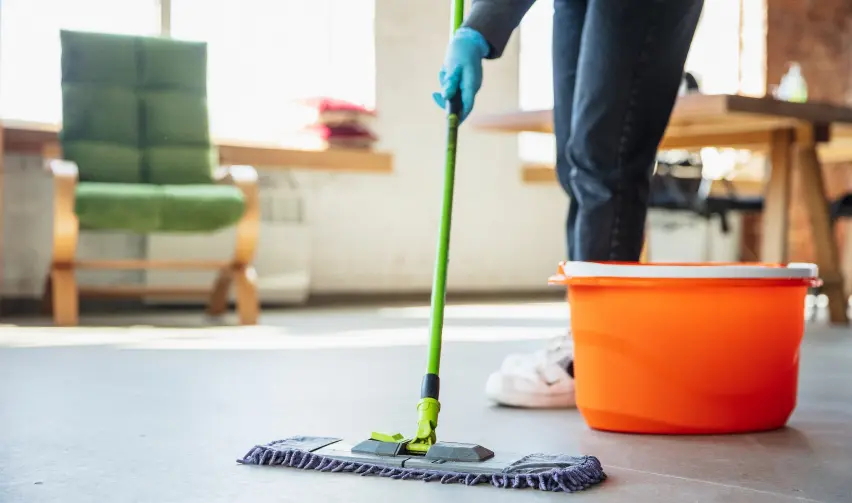
Linen is a material that is widely chosen for curtain fabric due to its ability to give a natural look and feel. It is used in both modern and traditional interior design styles. They are often considered a viable alternative to cotton curtains.

Fill a clean basin or tub with cool water and add detergent before submerging and agitating the curtains. Allow it to soak for 15-20 minutes before thoroughly rinsing. When using your washer, use a cold temperature setting, a gentle cycle, and a fragrance- and dye-free detergent.

Dry the curtains using the low heat or air-dry option. Air-dry whenever possible. Use an iron to press out creases from edge to edge while the fabric is still damp. Spray the fabric with distilled water if the curtains are dry.
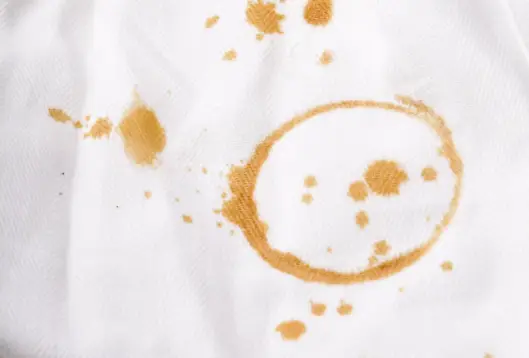
Remove the curtain from the rods and place the stained area over paper towels. Spray the stain remover to the back of the stain and let the towel soak up the stain. Wash thoroughly before rehanging them.